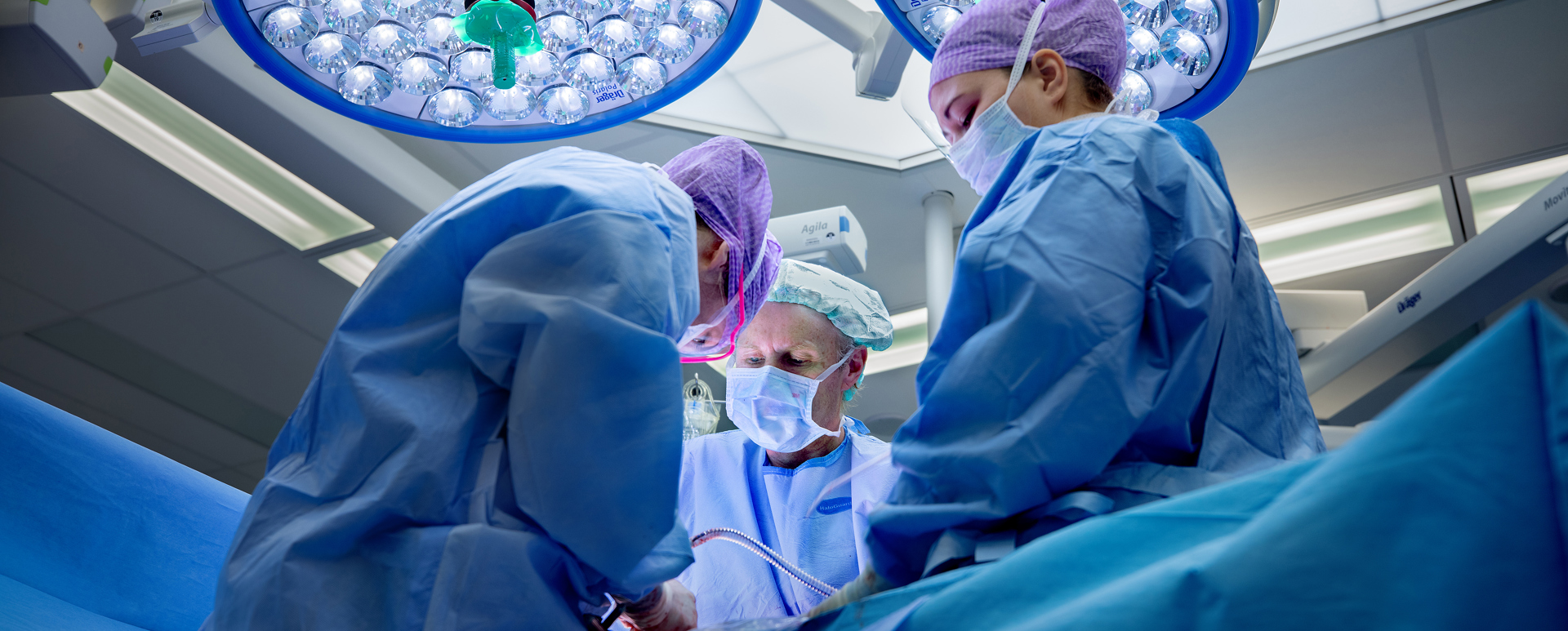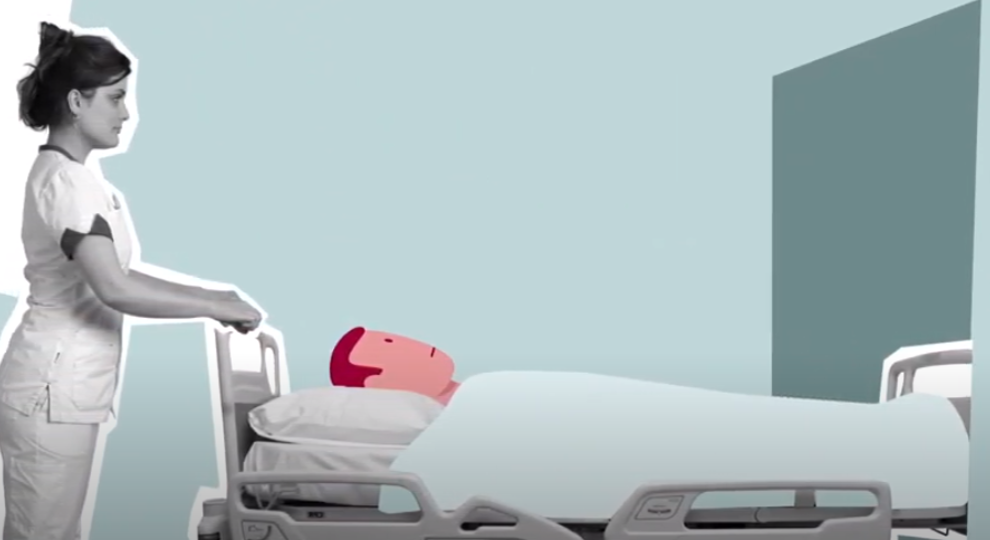Surgery for esophageal cancer
Surgery for esophageal cancer aims to cure your cancer. Surgery is an option for people whose tumors have not spread to other organs and whose tumors can be removed in their entirety. You need to be healthy enough to be able to handle the surgery. You may benefit from a combination of chemotherapy and radiation therapy in order to shrink the tumor in preparation for surgery.
The surgery will remove most of your esophagus, from your neck until the part where the esophagus meets the stomach, as well as all corresponding lymph nodes. Your surgeon will then proceed to repair the connection between mouth and stomach by crafting a gastric tube from the greater curvature of the stomach.
 nl
nl
 Nederlands
Nederlands

